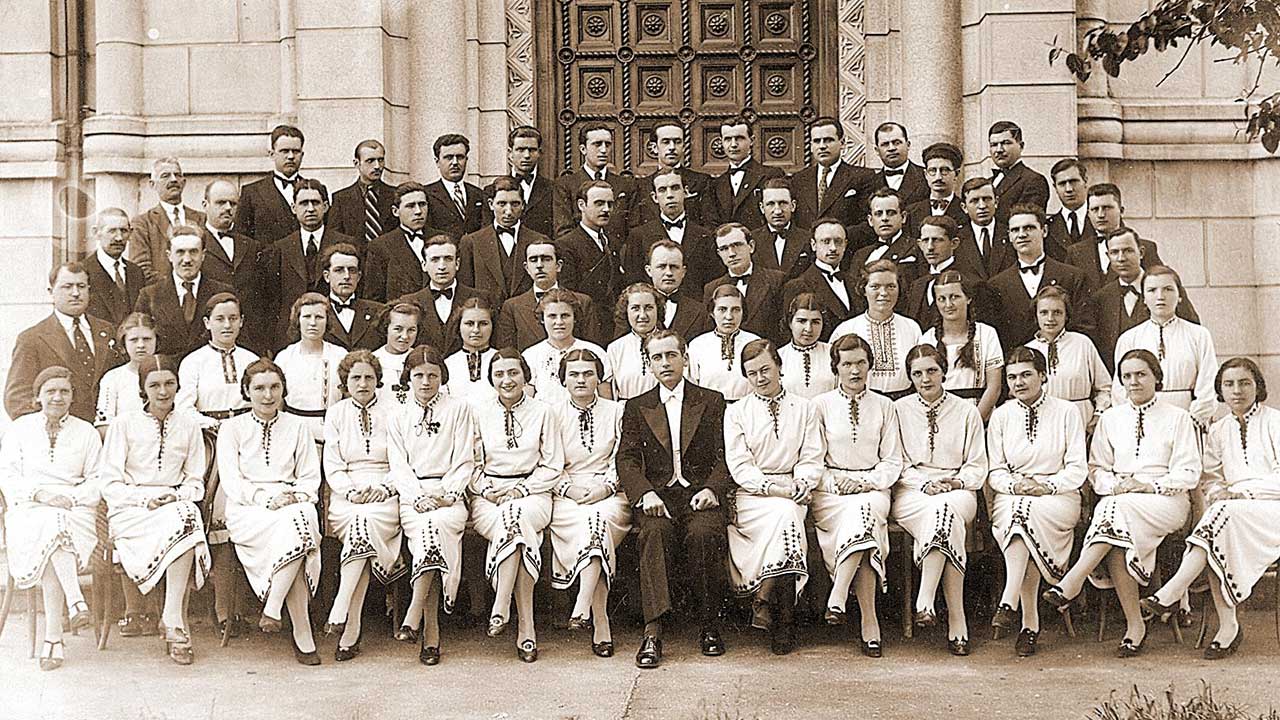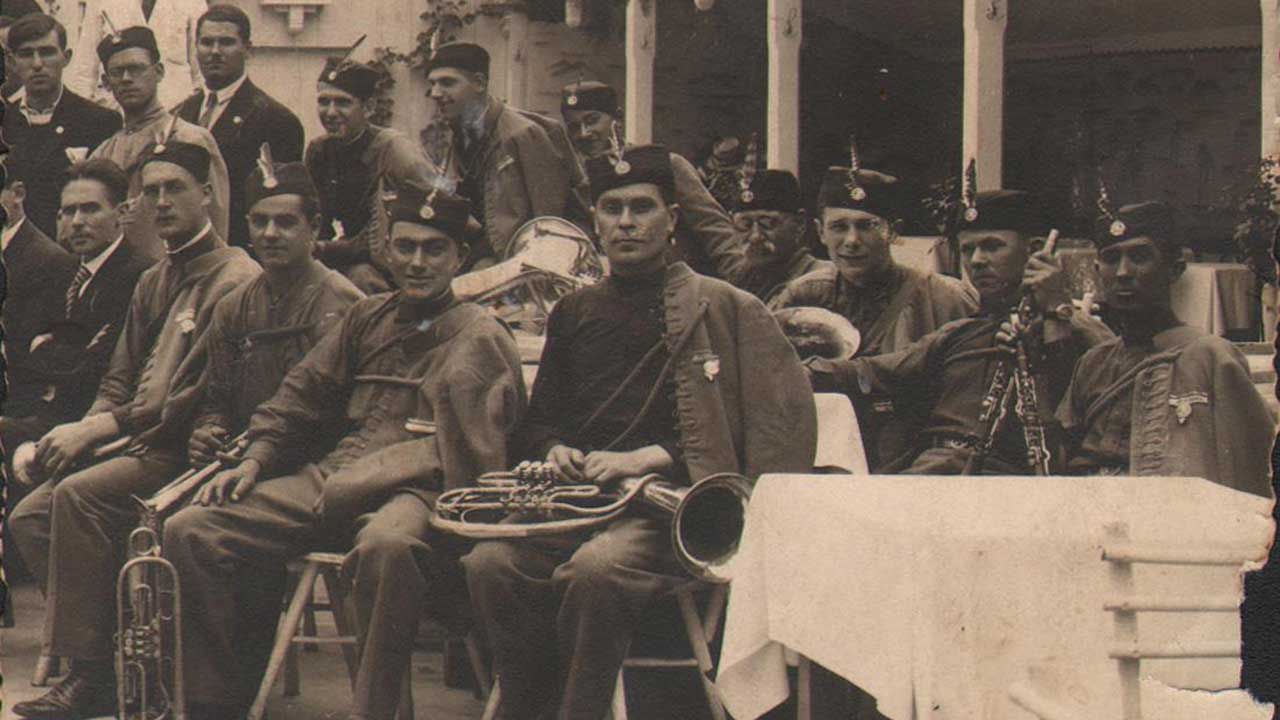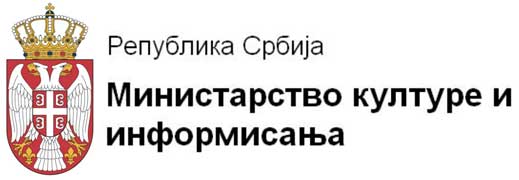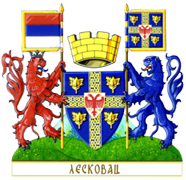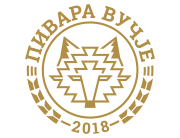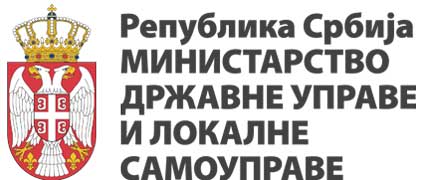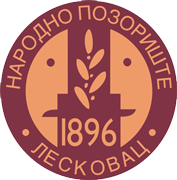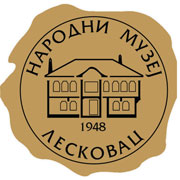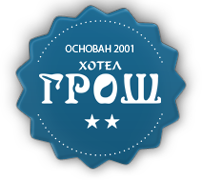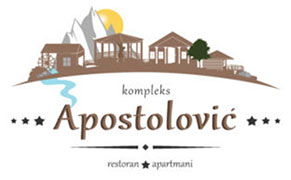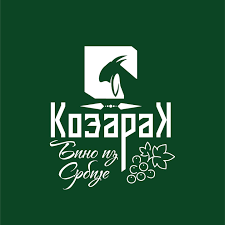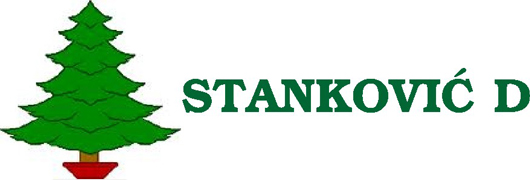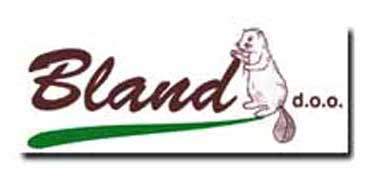Leskovac had three choirs; the oldest one was, “Branko,” founded in 1887, “Bratstvo,” founded in 1911, and, “Binicki,” founded in 1932. All singing groups had male, female and mixed choirs. Their members came from all social categories, mostly from the higher ranks of merchants, craftsman and workers.
The repertoire included compositions by Stevan Mokranjac, works of Tajcevic, Pasanina, Manojlovic, Kojanv, Jenko, church songs and opera arias. Traditional concerts were held on New Year’s eve, singing groups regularly sang songs of worship, firstly in the Episcopal Church, and then in church Sveti Ilija as a permanent church choir. In addition to worship, these choirs performed at weddings, escort parties and memorial services.
Choirs have toured the country and abroad. In late September 1923, Leskovac’s Choral group, “Bratstvo,” performed at the ceremony in Belgrade which celebrated the transferral of the relics of Duke Vuk and Stevan Mokranjac. In 1927, the Choir, “Branko,” at the invitation of the Ministry of Culture of Czechoslovakia, together with the Belgrade Choir, “Stankovic,” and, “Mokranjac,” from Skopje, toured the cities of the country. In the summer of 1932, the, “Binički,” Choir toured along the coastal cities and had a series of successful concerts performing in Susak, Split, Sibenik and Drnis.
The Workers’ Cultural and Artistic Society, “Abrašević,” was founded in 1905 and in 1919, after the First World War, continued with its activities. The society gathered the working youth and sought to nurture within them an appreciation for the singing of battle songs. Their program also included dramatic pieces from rural and working-class life – Dido. In addition to choir music, solo instrumental performances at parties were held in some clubs, mostly the French club and the, “City’s casinos.” In the 1930's instrumental concerts were more frequently organized, amongst which the performances of Mrs. Margarita Pijade on the piano (1932) stood out in particular as also a concert given by the young Juri Arbatski, on 1st of July 1934.
In addition to traditional string orchestras composed of Roma musicians from the Sat mala, there were several amateur orchestras that nicely complemented the musical life of the city with their performances. In the gymnasium there was a pupil tamburitza orchestra, the musical section of the sports club, “Momcilo,” who usually performed at the parties of this club. In the students’ residency, “Gundulic,” there was a, “students,’ orchestra,’ and, “Branko,” Choir that had a string quartet. The Soko society at the end of 1925, purchased musical instruments from Prague; its Evgenije Serafmovic was appointed its Kapellmeister in mid-1926. Soko bleh music was performed up until the occupation of 1941.
In addition to the music school at the Soko society, Leskovac also had a private music school. Vladimir Kuragin, received permission from the Ministry of Education to establish a private music school for piano and violin in 1937.
Excerpt from the monograph
“The Golden Era Of Leskovac 1918-1941”
Zvonimir Šimunec
Mira Ninošević
Veroljub Trajković

